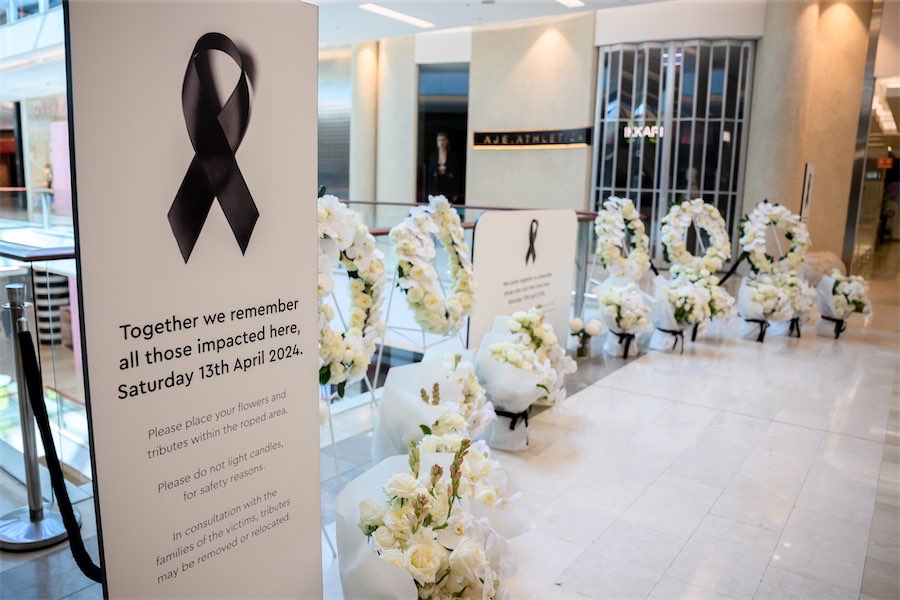
“YOU’VE got to think holistically,” says master designer and architect Derek Wrigley as he prepares for the speech of a lifetime.
At 95 and with a twinkle in the eye, you get the impression that Wrigley is just as sharp as he was on the day in 1957 when he was hired by legendary Australian furniture maker Fred Ward to join the Design Unit at the fledgling Australian National University, the only one in the country to have such a unit.
In 1965, Wrigley would travel around the world and find that it was still unique. Alas, the unit no longer exists, but its work is chronicled in a new exhibition curated by the ANU Heritage Unit’s Jack Dunstan titled “Total Design: Derek Wrigley and the ANU Design Unit 1954-1977”.
Those were the days, as Wrigley is testifying in a speech on Friday (March 22) at Canberra Museum and Gallery.
Wrigley will take his listeners back to the heady days when the ANU was governed by people who were equally good at bean-counting and original thinking, people such as chancellor HC (“Nugget”) Coombs, registrar Ross Hohnen and bursar William Hamilton.
Acting under instructions from Prime Minister Robert Menzies, who had charged them with merging the research schools with the undergraduate Canberra University College, they conceived the university as a quintessentially modern beacon of secular, democratic, yet elite study.
To that end, it was decided all aspects of university planning should be integrated. This was grist to the mill to Wrigley, a young English migrant who had graduated with a diploma of architecture from the College of Art and Design in Manchester under a professor trained in the modernist Bauhaus movement, which had seen architecture and design as a totality, not separate bits.

Ward, as head of the design unit, had been charged with designing furniture and other objects for University House that would seamlessly extend the architecture of Brian Lewis into its furnishings. That he did so successfully can be seen by walking into the house, as modern in feel as it ever was.
But charged with designing student residences and stack chairs, library card filing systems, objects any other university would have bought at a shop, Ward needed help, so eventually there were 13 people on staff, including German cabinet maker Hans Pillig, who had come here as part of an AV Jennings initiative when it was discovered there weren’t enough tradesmen in Canberra.
Ward was snaffled up by Coombs in 1961 to design furnishings for the Reserve Bank of Australia in Sydney, so Wrigley was appointed ANU university architect, building his unit to cover all aspects of design within the university, including site planning, architecture, interior design, furniture, landscape, graphics and site signage.
In the new exhibition at the Canberra Museum and Gallery, designs, objects, photos and plans illustrate how closely the designers worked together with the architects, devising varying furniture arrangements for student residences, for instance.
A unique collaboration between town and gown saw Wrigley permitted a measure of personal practice, so while still working at the ANU, he worked with the National Capital Development Commission and designed and made candelabra for St David’s Church at Red Hill.
On his retirement from the university in 1977, he continued his private practice. He restored Byrne’s Flour Mill in Queanbeyan, founded Technical Aid to the Disabled (ACT Region), built two solar experimental houses in Burra, retro-fitted an existing house in Mawson and designed half the furniture and the copper coat of arms in Court 3 for the High Court of Australia. The exhibition accompanies the launch of his latest book, published by ANU Press, “Derek Wrigley: The ANU Design Unit 1954-1977: Design Awareness in the Modern University.”
Still firm in his opinions, Wrigley is adamant that “design and art are not the same things”. Nor are design and interior decoration, the subject of an adjacent exhibition, “Marion Hall Best: Interiors”, at the CMAG. That focuses on the famous interior designer who adjusted her ideas and her predilections for colour and shape along with the seasons.
By contrast, Wrigley says he and Ward always focused on the idea of timelessness in line, strength and form, evident in the luxurious, scientifically-designed seats for the Australian Academy of Science’s Shine Dome. “They’re mine,” Wrigley says with a touch of pride.
“Total Design: Derek Wrigley and the ANU Design Unit 1954-1977,” Canberra Museum and Gallery, March 23-June 15.
Who can be trusted?
In a world of spin and confusion, there’s never been a more important time to support independent journalism in Canberra.
If you trust our work online and want to enforce the power of independent voices, I invite you to make a small contribution.
Every dollar of support is invested back into our journalism to help keep citynews.com.au strong and free.
Thank you,
Ian Meikle, editor




Leave a Reply